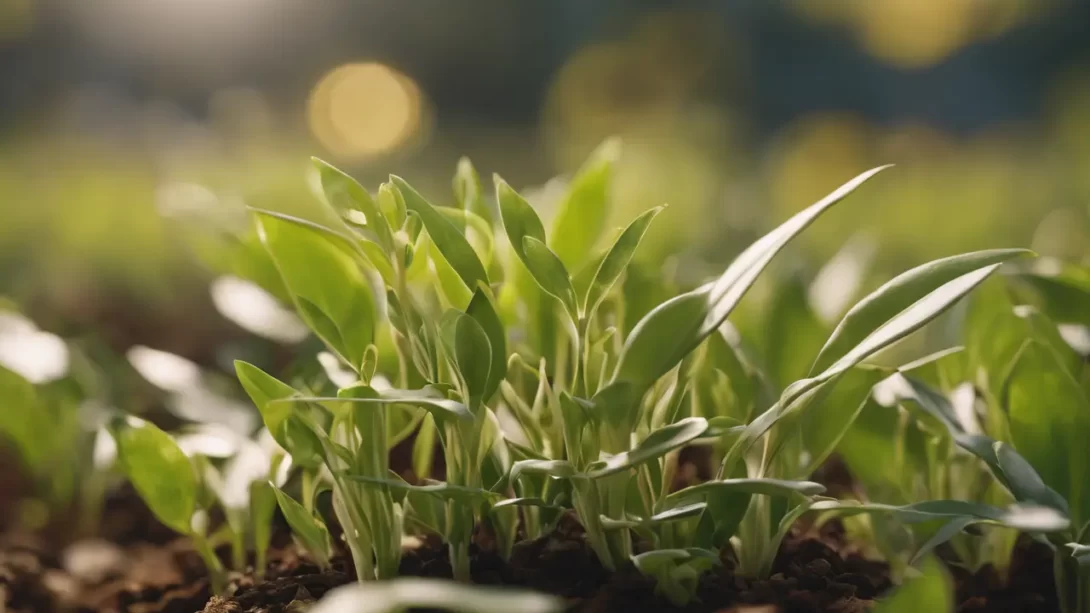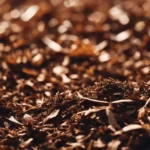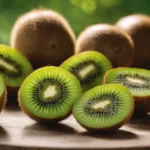Sprouts are often associated with the early stages of plant growth, commonly found in health foods and garden starts. However, there’s a common question: do these youthful plants ever blossom into flowers? This article seeks to demystify the life cycle of sprouted plants, focusing on their journey from a simple sprout to potentially flowering plants.
What Are Sprouts?
In the world of botany, sprouts refer to the very early growth phase of a plant, post-germination. They are essentially young plants that have emerged from a seed. This stage is distinct from seedlings, which are slightly more developed, and mature plants, which have reached their full growth potential. The sprouting process begins with a seed, which, under the right conditions of moisture and warmth, breaks open to allow a young shoot to emerge. At this stage, the plant is focused on root development and initial leaf growth, not flowering.
Early Stages of Plant Development
During germination and sprouting, a plant undergoes significant physiological changes. Germination kickstarts the process, ending the seed’s dormancy phase. Once the seed coat breaks, a sprout emerges, driven by the energy stored in the seed. This sprout consists primarily of embryonic leaves (cotyledons) and a root system that begins to anchor the plant and absorb nutrients and water. Significantly, flowers are not a part of the sprout’s anatomy at this stage; the plant’s primary goal is establishing its basic structure and beginning photosynthesis, not reproduction.
The absence of flowers in the sprouting stage is a key distinction in understanding plant growth. Flowers are involved in the reproductive phase of a plant’s life cycle, which only occurs once the plant has matured sufficiently. Sprouts, with their limited development, are not yet equipped to support the complex process of flowering and reproduction.
The Journey to Flowering
Transitioning from a sprout to a mature, flowering plant is a gradual process influenced by various environmental factors. Key elements like adequate sunlight, proper nutrition, and sufficient water are crucial for healthy growth. As the plant develops from a sprout to a seedling and eventually to a mature plant, it undergoes several changes, both visible and physiological. This maturation process is when the plant prepares itself for the reproductive stage, which includes flowering.
The timeframe for a plant to start flowering varies significantly across different species. Some plants may begin to produce flowers within a few weeks, while others might take several months or even years. This variation is due to the plant’s genetic makeup and environmental conditions. Understanding these factors can help gardeners and plant enthusiasts manage their expectations regarding the flowering of their plants.
Examples of Common Sprouting Plants and Their Flowering Habits
To illustrate the diversity in flowering times, let’s consider a few examples. Plants like radishes and certain types of lettuce can flower quite rapidly, often within a few weeks of sprouting. On the other hand, trees and shrubs, such as apple trees or rose bushes, take much longer to reach the flowering stage, sometimes several years.
These differences are not just about time; they also reflect the varying strategies plants use for growth and reproduction. Fast-flowering plants often have a short life cycle and are typically annuals, completing their life cycle in one growing season. In contrast, slow-flowering plants like trees and shrubs are usually perennials, living for many years and flowering multiple times throughout their lifespan.
The Role of Flowers in a Plant’s Life Cycle
Flowers play a crucial role in a plant’s life cycle, especially in the context of reproduction. They are the reproductive structures of flowering plants (angiosperms) and are essential for producing seeds. The process begins with pollination, where pollen is transferred to the stigma, followed by fertilization, leading to the development of seeds. Some plants may not flower due to factors like insufficient light, inadequate nutrients, or environmental stress, which can disrupt their growth cycle and reproductive development.
Cultivating Sprouts for Flowering
For those interested in seeing their sprouts eventually flower, certain cultivation practices can be beneficial. Providing the right balance of sunlight, water, and nutrients is essential. Most flowering plants require full sunlight for a significant part of the day to trigger and support the flowering process. Regular watering and the application of appropriate fertilizers can also promote healthy growth and flowering.
Timing is another critical aspect. Some plants have specific seasonal requirements for flowering. For instance, certain plants may only flower in spring or summer, while others might need a period of cold to stimulate flowering. Understanding these requirements is key to successful cultivation.
However, cultivating sprouts to flowering can also present challenges. Pests, diseases, and environmental factors like extreme temperatures or inadequate light can hinder growth and prevent flowering. Regular monitoring and adopting preventive measures can help in successfully growing sprouts to their flowering stage.
Conclusion
Sprouts, in their initial stages of growth, do not produce flowers. The journey from a sprout to a flowering plant is a fascinating process, influenced by genetics and environmental conditions. While not all plants flower at the same rate, with the right care and conditions, many will eventually reach this critical phase in their life cycle.



